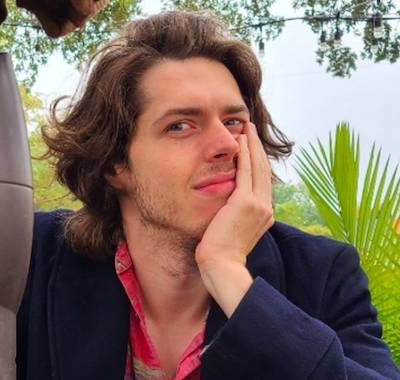Director Wes Ball & Oscar-Nominated VFX Supervisor Erik Winquist on the Groundbreaking Visuals of “Kingdom of the Planet of the Apes”
Kingdom of the Planet of the Apes took the franchise to new heights of photorealism and immersive filmmaking. The groundbreaking series has pushed the envelope in motion capture and beyond, starting with 2011’s Rise of the Planet of the Apes and carrying on through three subsequent films. The latest film, Wes Ball‘s 2024 epic Kingdom of the Planet of the Apes, was nominated for Best Visual Effects at the Academy Awards, and a large part of that achievement is thanks to VFX supervisor Erik Winquist, VFX producer Danielle Immerman, animation supervisor Paul Story, and the rest of the fine minds at Wētā FX.
Kingdom of the Planet of the Apes moves beyond the story of Caesar (Andy Serkis) some three hundred years after the revolutionary’s death. Now, the apes can talk and rule supreme over a dwindling and increasingly mute human population existing on the margins. Proximus Caesar (Kevin Durand) wants to destroy what’s left of humanity, while a young ape, Noa (Owen Teague), wants to fight for them. There are an astonishing 1,500 VFX shots and 33 digital minutes elegantly crafted to create a vivid naturalism.
Recently, Oscar-nominated VFX supervisor Erik Winquist and director Wes Ball spoke with The Credits about some of the hurdles they faced in telling the latest Apes epic.
Eric, for years, VFX artists have stated that fire, fur, and water are three of the trickiest CG challenges. Kingdom of the Planet of the Apes pushes all three elements to the max. What advancements have been made through the years that helped you and the team there?
Erik Winquist: We go through this cycle. Avatar came up with all this really great stuff. And then, an Apes film comes and takes the technology outside. So, we fast-forward 10 years, and another Avatar film had years of R&D building up to improvements on the capture process. And then we took those improvements outside into Australia for this one. Ten years ago, we were using a single camera on the actors – mocap helmets. We had a robust set of mocap cameras and things that we were able to take outside into the rainforest of Vancouver.
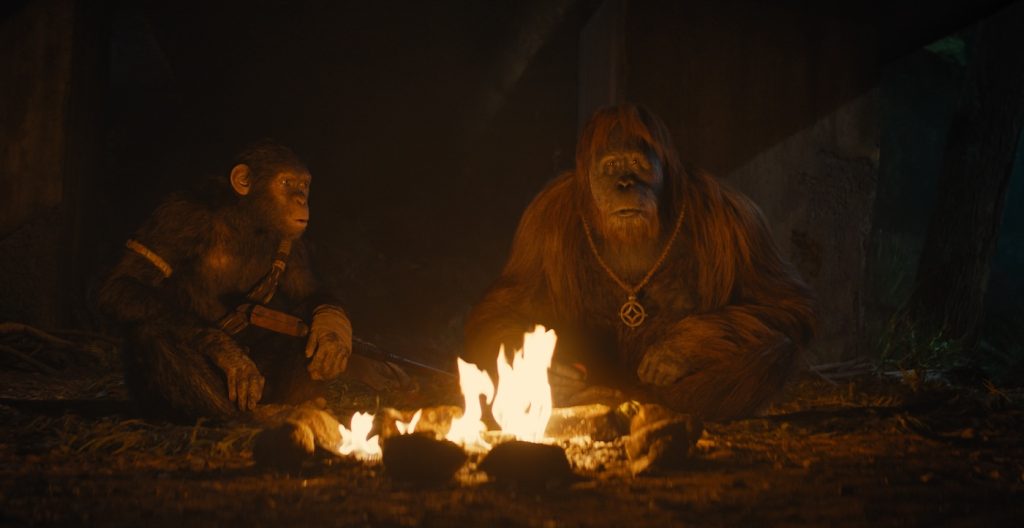
And now?
Erik Winquist: This time, we didn’t have to contend with the heat and the elements of summertime in Australia – the bright sunshine and everything else. And so, the big thing we had on our side was the ability to keep a little lighter footprint for certain locations. That allowed us to not have to bring all the gear off all the trucks and set up with 40 people, creating this massive footprint in a confined space. We could be more fleet-footed with the actual capture process. The captures – the hardware side of it – is one thing.
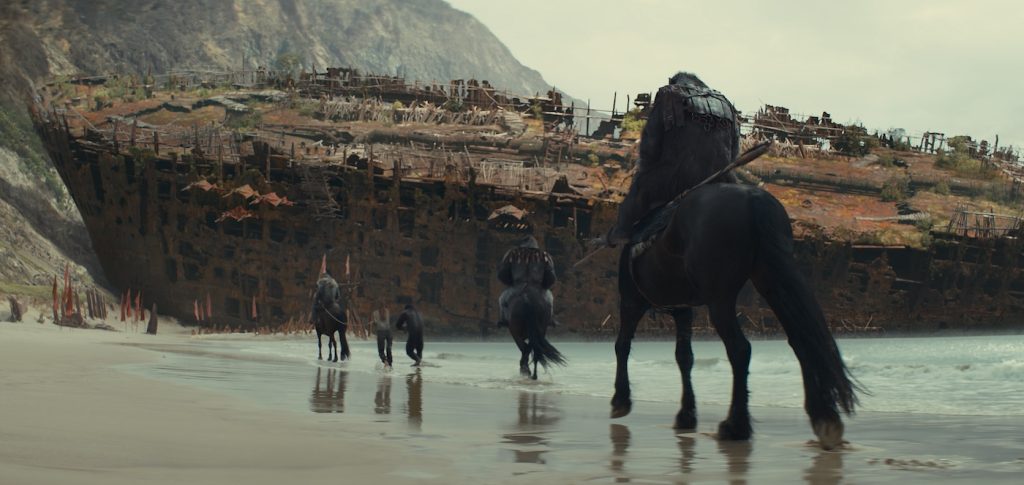
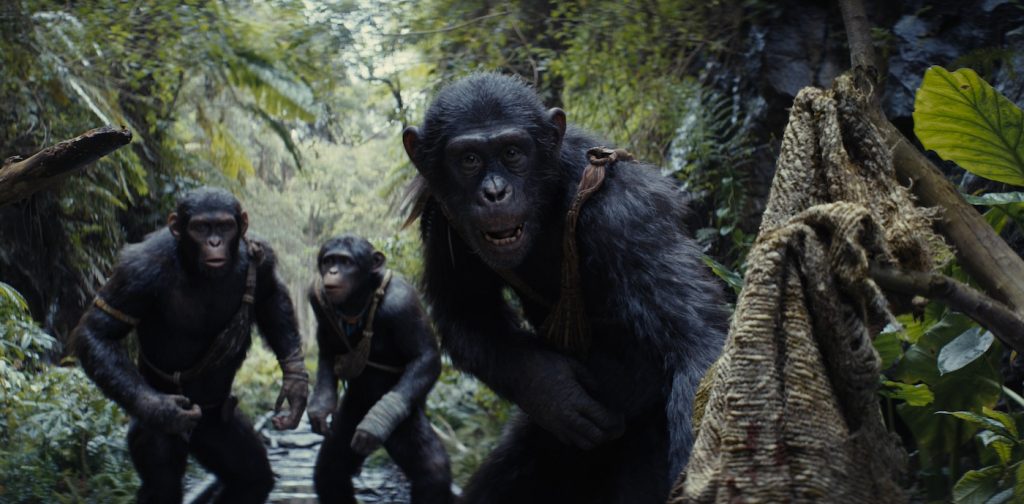
What about post-production?
Erik Winquist: By the time that information gets back to Wētā, we needed ways to handle 12 new characters in this film. Every one of them has a speaking role. In War for the Planet of the Apes, for the most part, the apes were speaking sign language. Here, with 12 characters, we had to make sure that each one of them had the fidelity in their face to be able to speak and the time to actually do all that animation. So, taking the data from what is now a pair of cameras on their face, which gives us depth and the ability to get a really precise look into every frame, seeing what their lips were doing and how much the jaw was protruding…
What’s a major focus in pulling that off?
Erik Winquist: So, there’s this intense sense of dread and apprehension on the actor’s face. Do I read that on the ape? No? Okay, why not? Then we spent all our time making sure that the emotional read the audience gets from watching the ape character exactly mirrors what we were seeing on the human actor’s face. That was the biggest focus on this one – faithfully translating the performances that Wes was capturing with these actors on set.
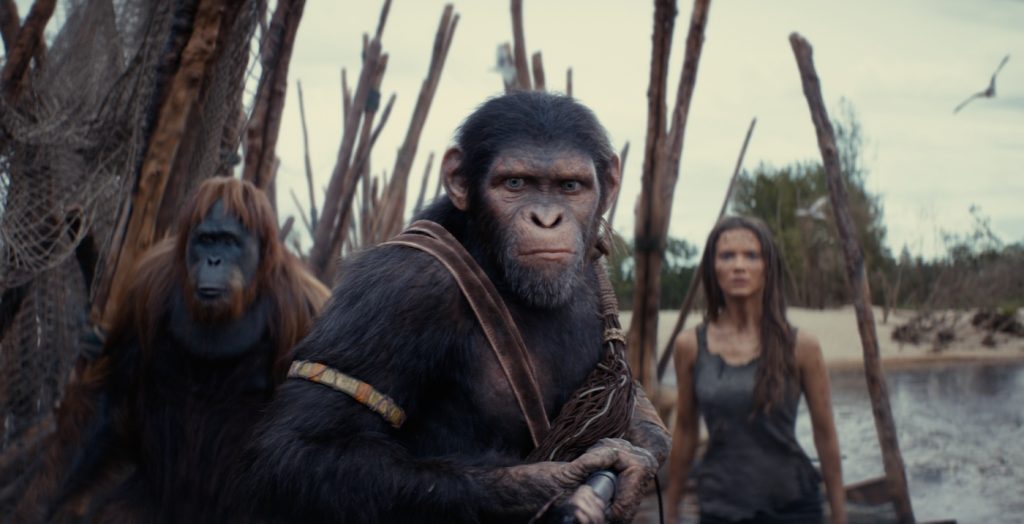
Wes, what questions did you have in pre-production to make Erik and the effects artists’ jobs easier?
Wes Ball: Having once been a hopeful VFX artist, I knew enough to be dangerous. I’m sure that probably helped at some points. When I was there, I’d be like, “What if we did this instead? Let’s change the shot to help that a bit.” I’m sure I made those adjustments almost subconsciously because I have a camaraderie with the VFX world. At the end of the day, we’re all in it for the same reasons – to tell a cool story with cool characters. Everyone wants to do their best to achieve that goal. If I ever asked for something that was impossible, which was several times, we’d figure it out – because it was worth it. If we were going to have this scene and change this shot, it was because it was going to help the story with Noa or the audience.
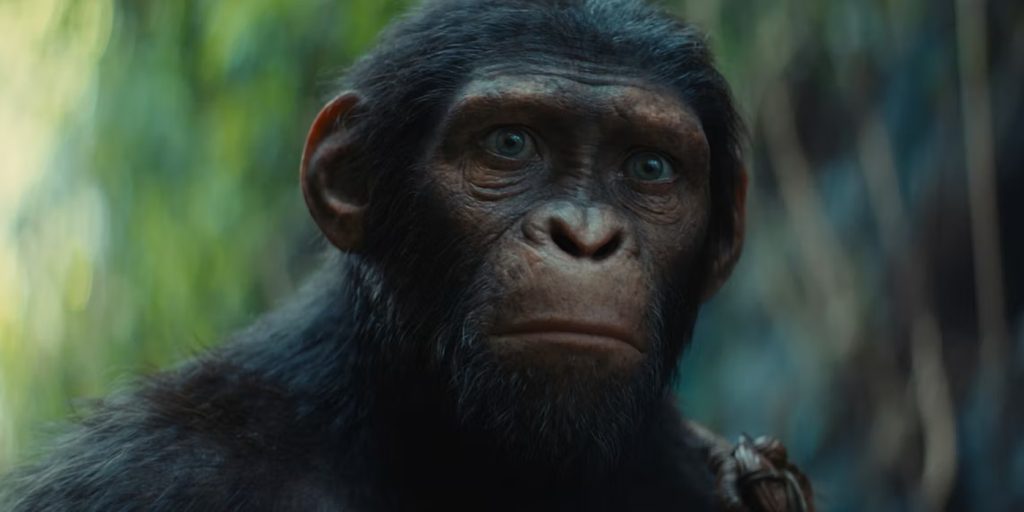
What were some of those impossible tasks?
Wes Ball: Sometimes whole scenes were invented that didn’t exist. I’d take plates that I shot for other scenes and rejigger them to serve a different purpose. I’d take a different performance and put a different take into a different shot. Like Noa racing through the tunnel, for instance, we shot a version of it, but it fell away during editing. Then at some point, we were missing that classic hero’s journey moment of a character crossing the threshold into the great new world. So, we reconceived that sequence and put it back in the movie.
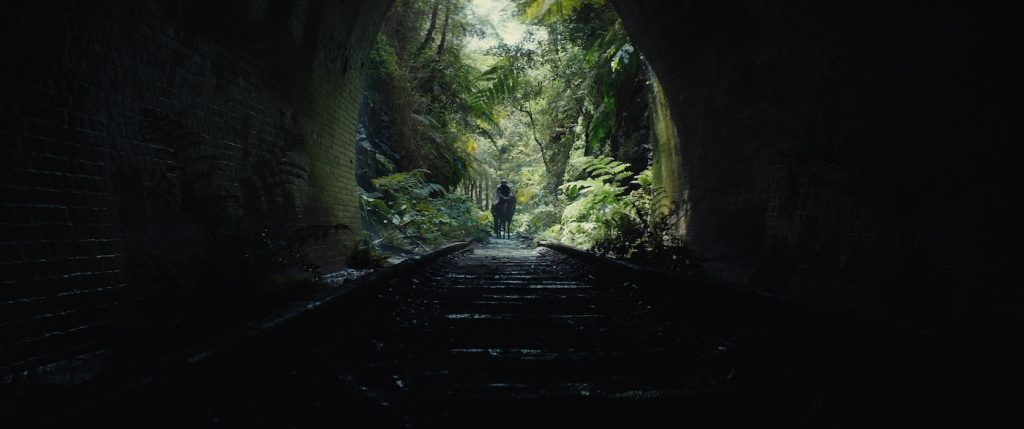
What did that require?
Wes Ball: It meant, “Erik, you’ve got another 30 seconds or a minute of shots to animate.” You know, we had a couple of pickup shots we wanted to do. For instance, with Proximus Caesar, there’s the dinner table scene when he tells the story about humans and their tools only making them powerful. Originally, we had a very short scene there, but we wanted a little more insight into what he was thinking. So, we came up with another minute-long sequence three weeks before we had to deliver the movie. It was wild. I had to say, “I want to say upfront, I’m sorry.” And then I would show them what I wanted to do. Usually, I’d hear someone on the other end – Erik or one of the tech leads – go, “Yeah, it’s better…”
How much more difficult is the handheld camerawork for animating characters, as well as these massive landscapes?
Erik Winquist: The handheld makes the clean plate process more challenging. The mantra on this movie – people were probably getting sick of hearing me say it – was, “The clean plate is the plate.” Meaning, what we want to put in the movie is the plate that doesn’t have the human actors in it, so we can put apes into that empty plate and not have to paint someone out of it first. That’s all fine and good. But the problem is, by the time we do that, we’ve already gone through four or five takes, and Wes is totally happy with what he just saw, the camera dancing with the actors.
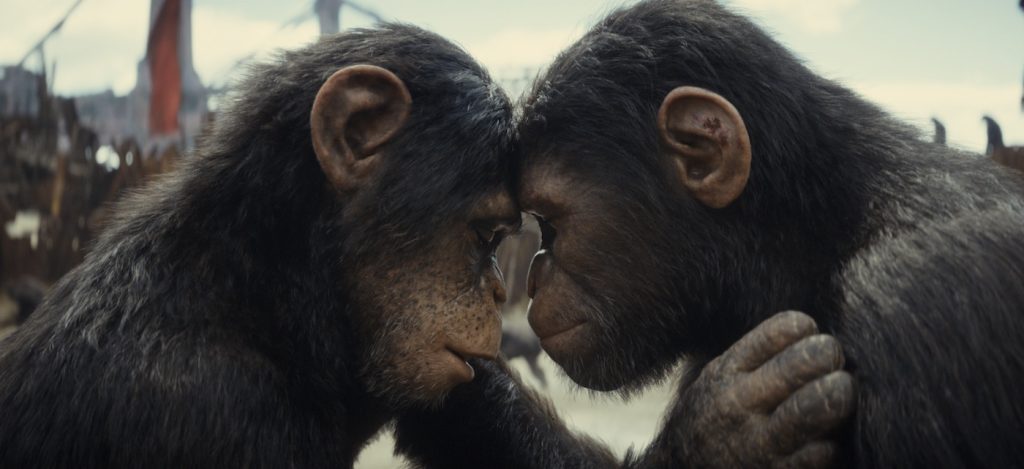
Wes Ball: Magic happened! I captured magic! Now do it again!
Erik Winquist: Lightning in a bottle. Actors, step out. Camera operator, do that again. Focus puller, focus on the thing that’s not there anymore. It becomes challenging for the whole camera team and everybody else. Maybe we’ll work it out in post. You drop the ape into that frame, and it’s totally misframed because you couldn’t—
Wes Ball: Like, “Oh, crap! We’re actually two inches too high.” There are all these little cheats that go into making that work.
How do you combat that?
Erik Winquist: The way to combat that is motion control. The problem is that it slows the process down. It adds pain to the process for the visual effects side of things. The end result, though, is beautiful. We would have lost something if constraints had been put on the process, like “No, we can’t do handheld.” You get these shots that dance and flow from cut to cut in this beautiful way.
For more stories on 20th Century Studios, Searchlight Pictures, Marvel Studios and what’s streaming or coming to
Disney+, check these out:
First Images From “The Fantastic Four: First Steps” Arrive Alongside Teaser
First “The Fantastic Four: New Steps” Trailer Reintroduces Marvel’s First Family to MCU
Featured image: Noa (played by Owen Teague) in 20th Century Studios’ KINGDOM OF THE PLANET OF THE APES. Photo courtesy of 20th Century Studios. © 2023 20th Century Studios. All Rights Reserved.

